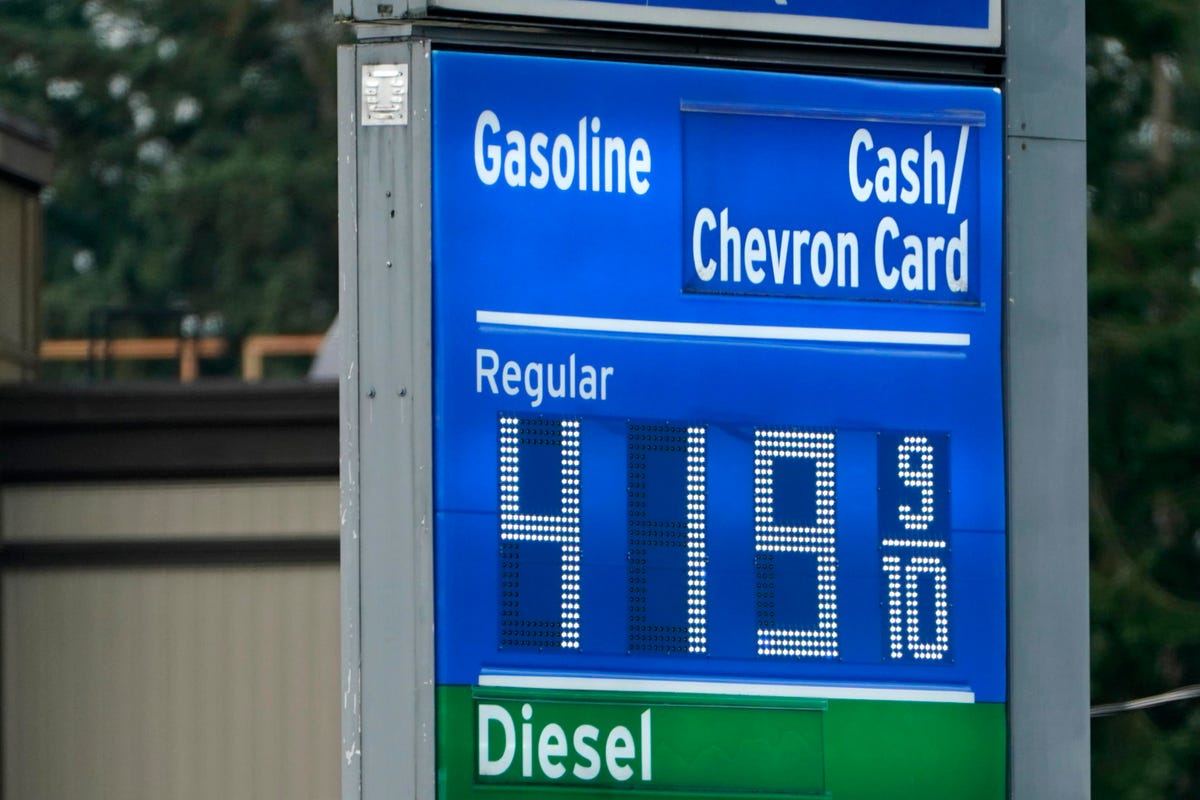It is hard to see oil taking a bearish turn right now, with benchmark Brent crude trading at about $90 a barrel and U.S. benchmark West Texas Intermediate at around $88 a barrel.
Tight global supplies and geopolitical tensions in Eastern Europe and the Middle East have boosted oil prices by about 15% so far this year. Over the past week, crude benchmarks hit their highest prices since October 2014, with U.S. crude rising to as much as $89.72 on Wednesday and Brent touching $91.70 on Friday
It’s clear that the market is running up against supply constraints in the face of rising demand, which continues to recover from the pandemic.
OPEC+ can’t come to the rescue. It agreed on Wednesday to continue with its plan of adding 400,000 barrels a day of supply per month in March. However, OPEC+ has failed to deliver the promised volumes – and this has been a problem since the group began unwinding its historic pandemic production cuts last August.
OPEC+’s actual production increases have been closer to 200,000 to 250,000 barrels a day per month on average. Those shortfalls have been building. Overall, the group’s production was running 900,000 barrels per day short of targeted levels in January, and that shortfall could nearly double by March as more members of the producer alliance max out their wellhead capacity.
The oil market has a spare capacity problem. Most of available spare capacity is located in the Mideast Gulf, with Saudi Arabia and the United Arab Emirates attributing for the majority, estimated at 2.5 million barrels a day by OPEC+ officials. This is a small cushion if supply disruptions emerge anywhere in the world – at a time when geopolitical tensions are mounting in Eastern Europe and the Middle East.
Running down the list of OPEC+ members, you can see each one moving closer to maximum capacity as the group continues to unwind its production cuts. Nigeria, Angola and Malaysia have been producing well below quotas for some time now: Russia will be next, nearing its 10.2 million b/d capacity; Azerbaijan is set to max out in April; Iraq in June; Algeria in August; and Kuwait in September. That will leave Saudi Arabia and the UAE as the market’s only saving graces within the OPEC+ group.
With oil demand projected to grow 4.2 million barrels a day this year, the question becomes where does the additional supply come from, particularly in the second half of the year when demand peaks seasonally?
Outside the OPEC+ group, U.S. shale producers are starting to respond a bit more aggressively after posting bumper Q1 profits, with Exxon Mobil and Chevron indicating that Permian volumes would come in about 25% higher this year. But publicly traded oil companies’ investment plans remain constrained by investor demands for cash returns and ESG concerns.
In the short-term, there could be oil price relief – perhaps $5 a barrel – from easing of geopolitical tensions, particularly if the Russia-West standoff over Ukraine eases.
But overall, the market remains bullish on oil prices as it has for most of the past year. The prevailing expectation is that the market, despite some downward blips caused by pandemic-related demand scares, will continue to trade high on oil as real supply shortages exist both in the short and long-term view.
We are not far from a return of $100 oil, and it remains to be seen how consumers might respond to such price levels – how much price pain can they bear before they reduce consumption is a key question.
Some market players are calling for a prolonged supercycle, but the danger here for oil producers is that this accelerates the low-carbon energy transition away from fossil fuels rather than inducing greater upstream oil and gas investments.











